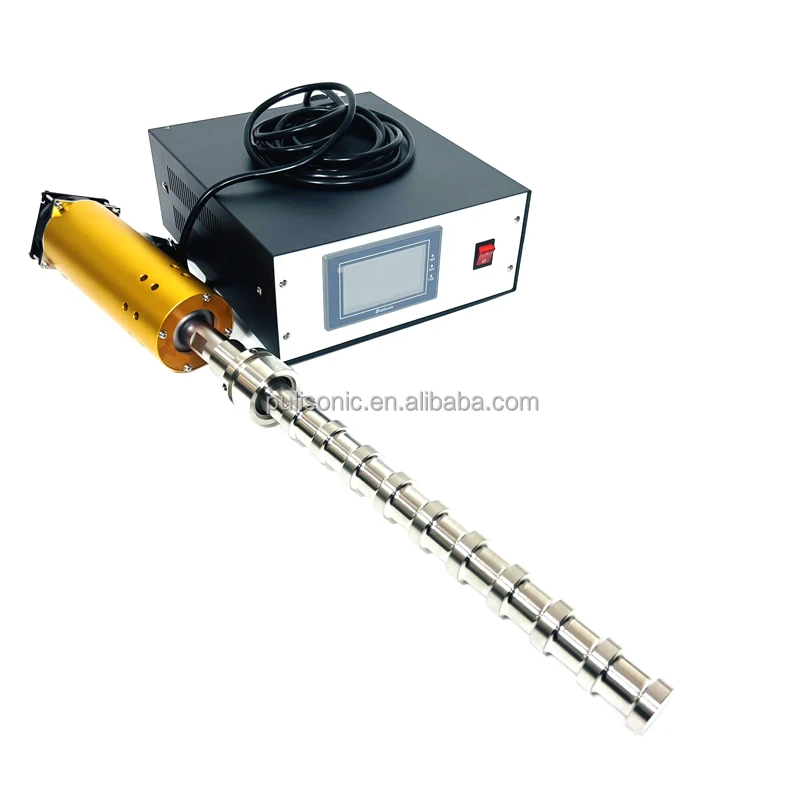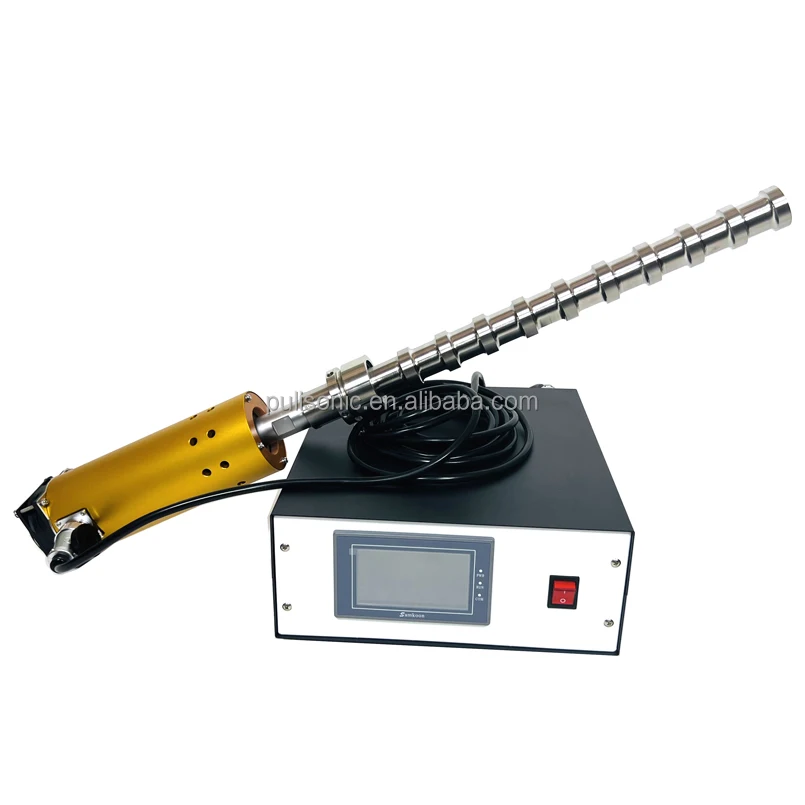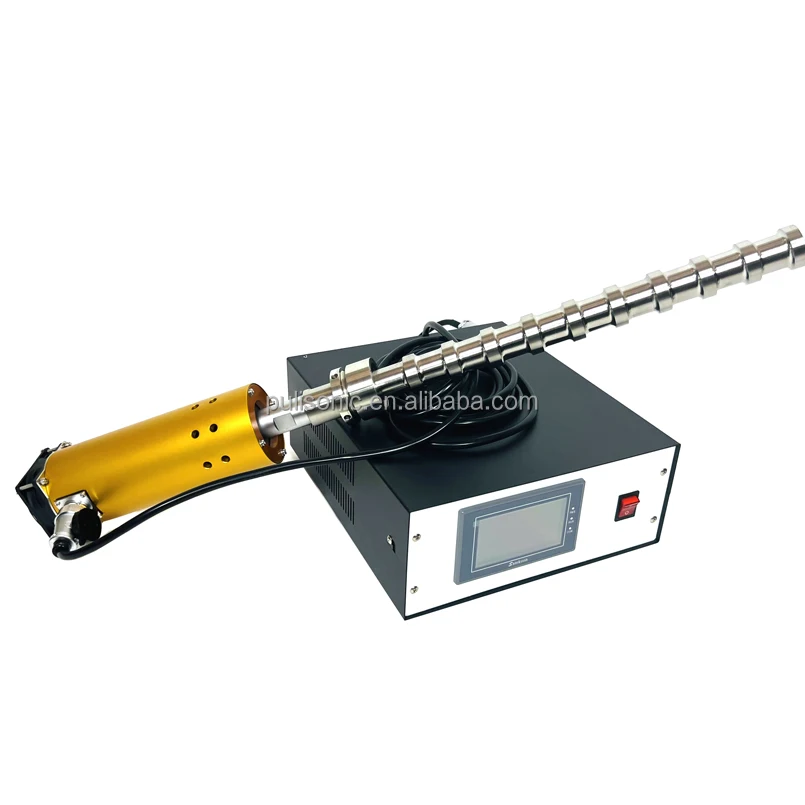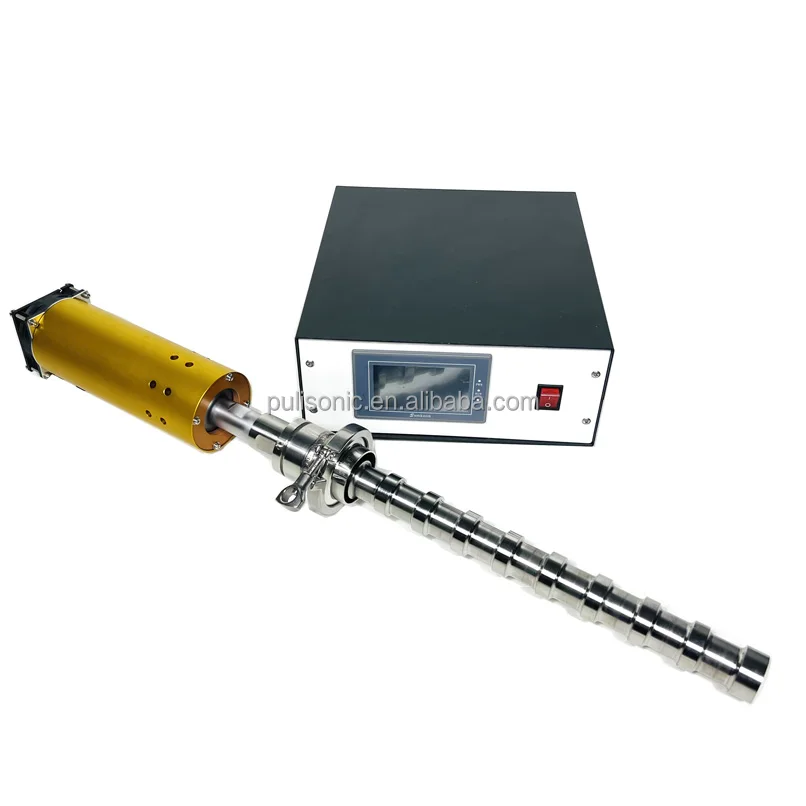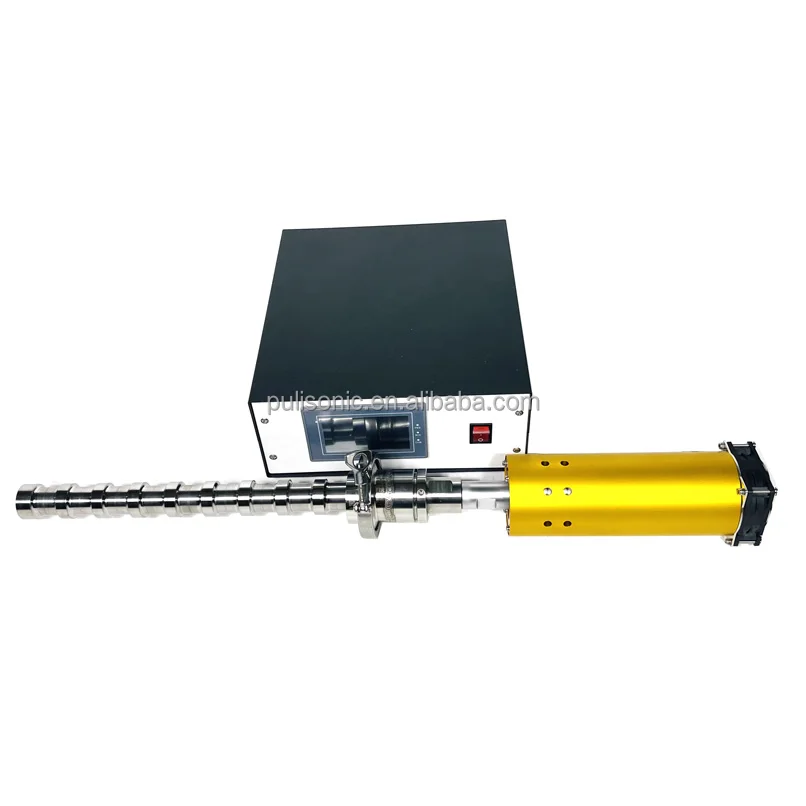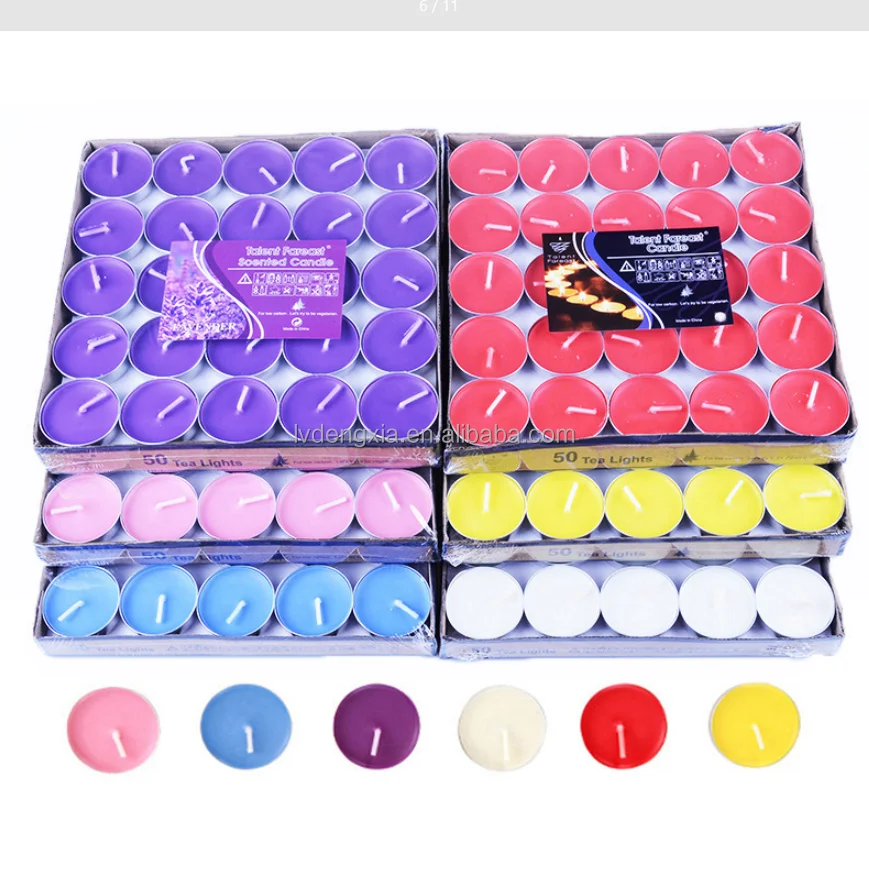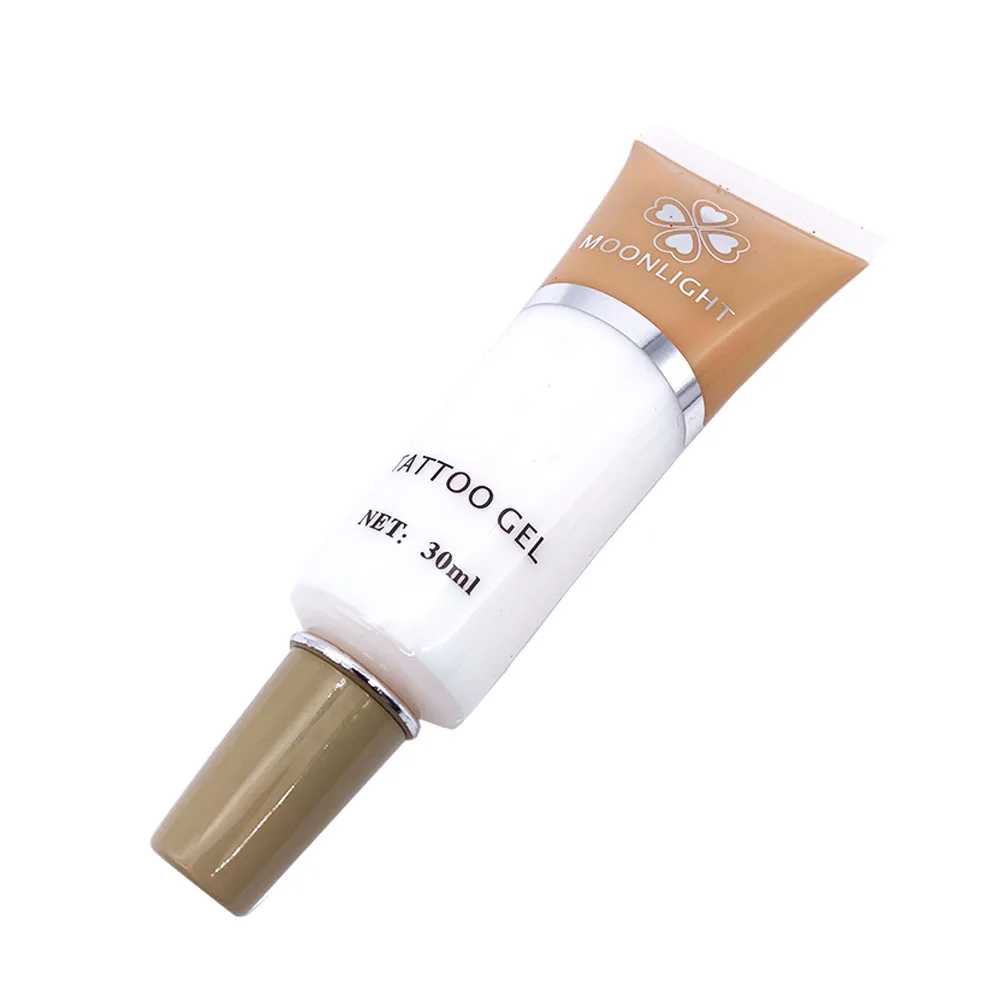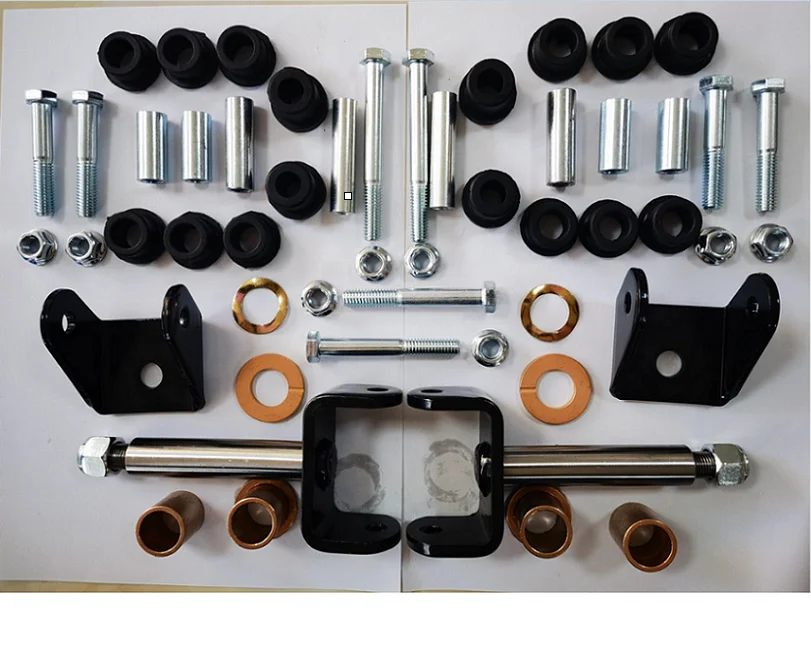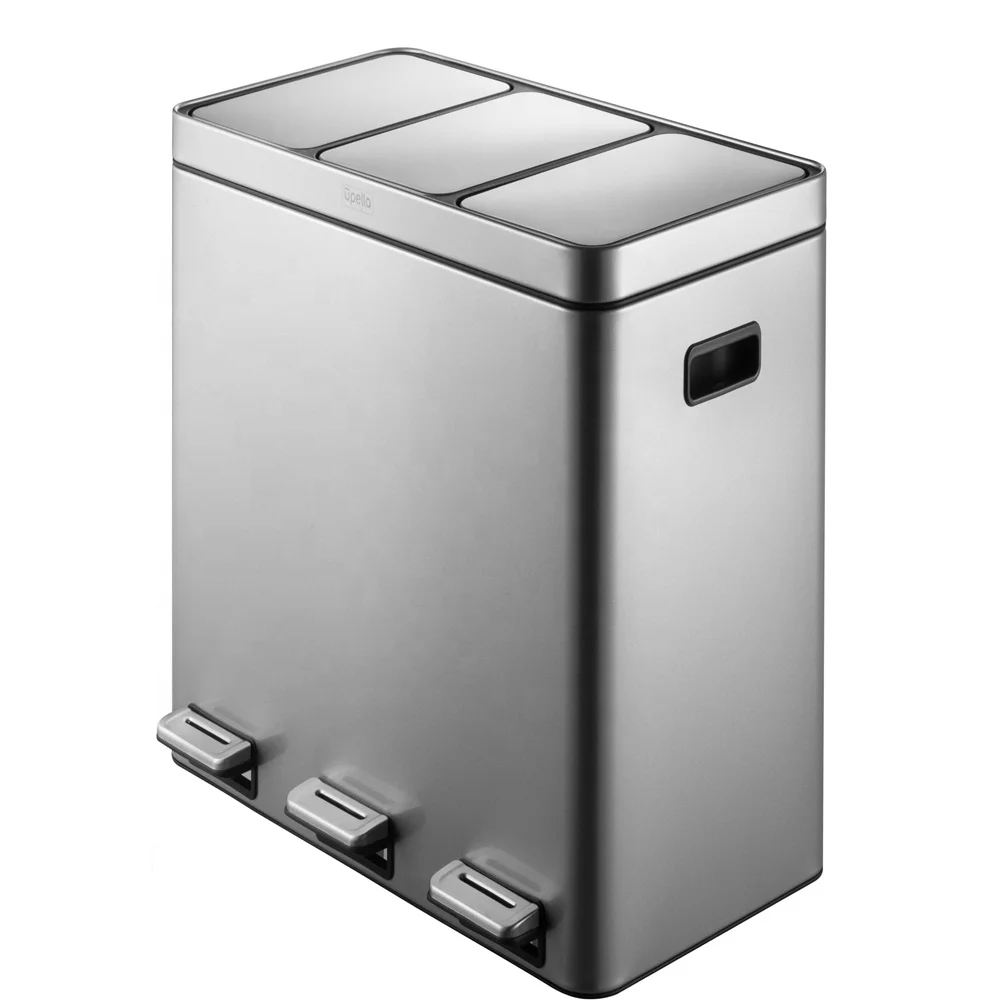Emulsifier Mixing Machine Ultrasonic Homogenizer Chemical Mixing Emulsifier Mixer Equipment
- Category: >>>
- Supplier: Foshan Pulisonic Ultrasonic Technology Co. Ltd.Foshan Ltd.
Share on (1601300308897):
Product Overview
Description

Industrial Continuous Stirred Nano Material Dispersion Reactor Immersible Vibration Probe Reaction Machine 2000Watt
The ultrasonic vibrating reactor is mainly composed of ultrasonic transducer, ultrasonic horn, ultrasonic tool head and ultrasonic driving power supply. Compared with the traditional ultrasonic vibration plate, it has the characteristics of wider application range and longer service life. In industrial applications, the use of ultrasonic vibrating rods for dispersion, extraction, cleaning, vibration reaction, water treatment, etc. is a very mature and widely used technology, which is extremely flexible.
Features:
1. Ultrasonic cavitation is generated around the vibrating rod, and the ultrasonic energy is very evenly distributed around the rod;
2. The power output of the ultrasonic vibrating rod is not affected by load changes such as liquid level, tank capacity and temperature difference, and the power output is stable and uniform;
3. The ultrasonic vibrating rod is more than 1.5 times the service life of the traditional ultrasonic vibrating plate;
4. The round tube design of the ultrasonic vibrating rod makes the vibrating rod easy to install and use;
5. The ultrasonic vibrating rod is sealed and waterproof, and it is safe to use.
Ultrasonic vibrating rods are mainly suitable for cleaning the inner walls of various tubes and cylinder structures, such as online ultrasonic anti-scaling of boilers, ultrasonic cleaning in vacuum/pressure occasions, cleaning of inner walls of metal pipes, and high-power sonochemical treatment fields such as extraction and separation, synthesis and Degradation, biodiesel production, treatment of microorganisms, degradation of toxic organic pollutants, biodegradation treatment, biological cell crushing, dispersion and agglomeration, etc.
Ultrasonic vibrating rods are widely used in the fields of ultrasonic homogenization, ultrasonic dispersion, ultrasonic emulsification, ultrasonic cell crushing, ultrasonic extraction and separation, ultrasonic exhaust and accelerated chemical reactions of liquid-liquid and liquid-solid substances. The specific industries include:
1) Fuel: The emulsification of fuel oil mixed with water to save fuel and reduce exhaust pollution.
2) Food: emulsification of sugar added to milk, emulsification of ghee to make high-grade lactose, dispersion of raw materials in sauce manufacturing, etc.
3) Cosmetics: Emulsify waxes, paraffins, etc., and disperse microparticles of oils such as detergents, shampoos, and lotions.
4) Lubricant: Emulsification of rolling oil, cooling and lubrication of metal sheet rolling.
5) Coating: emulsification of waterproof coating agent for packaging, emulsification of polyethylene in water, emulsification of waterproof agent, emulsification of resin processing fluid for fishing nets.
6) Chemical industry: accelerate the speed of chemical reaction, dispersion in the production of fluorescent materials and photosensitive materials, etc.
7) Environmental protection: sewage treatment.
| US equipment | Frequency | Ultrasound | Total Length | Diameter |
| (KHz) | Power(W) | (mm) | (mm) | |
| PLS-HLCSB-500 | 20 | 500 | OEM | Φ50-55 |
| PLS-HLCSB-1000 | 20 | 1000 | OEM | Φ50-55 |
| PLS-HLCSB-1500 | 20 | 1500 | OEM | Φ50-55 |
| PLS-HLCSB-2000 | 20 | 2000 | OEM | Φ50-55 |
| PLS-HLCSB-3000 | 20 | 3000 | OEM | Φ50-55 |
| Size can be customized, drawings are provided | ||||


We Recommend
New Arrivals
New products from manufacturers at wholesale prices
